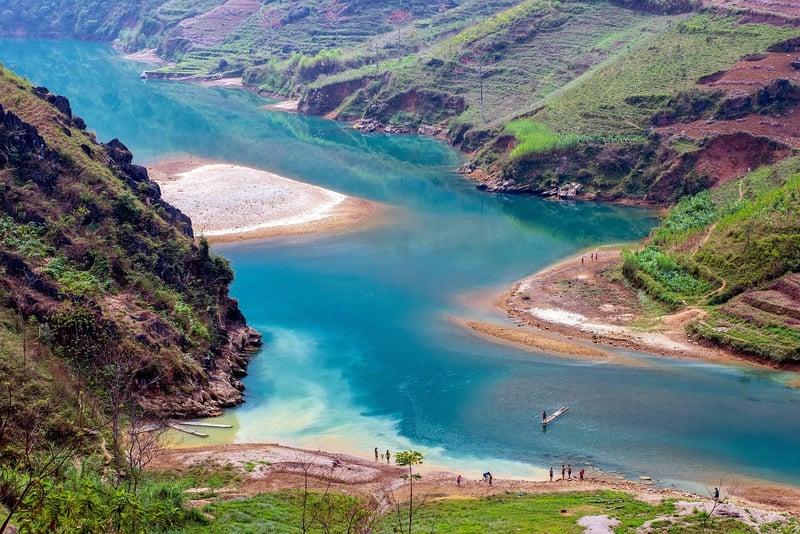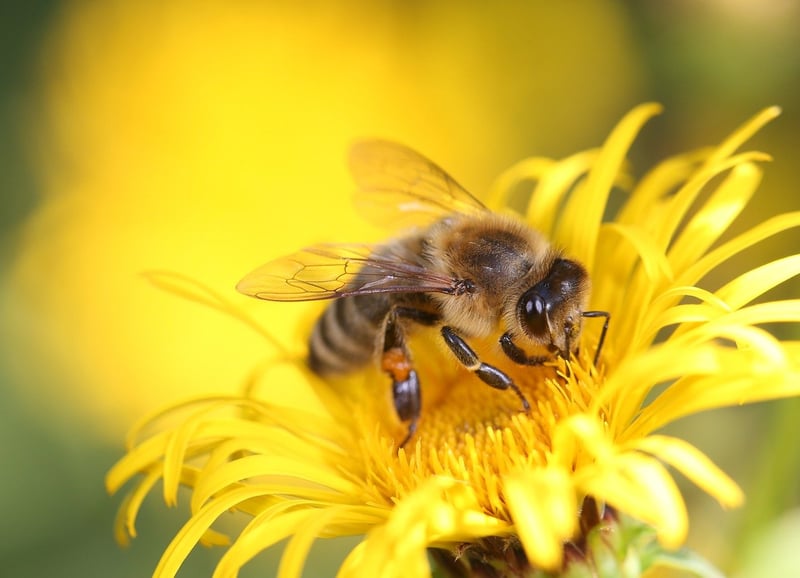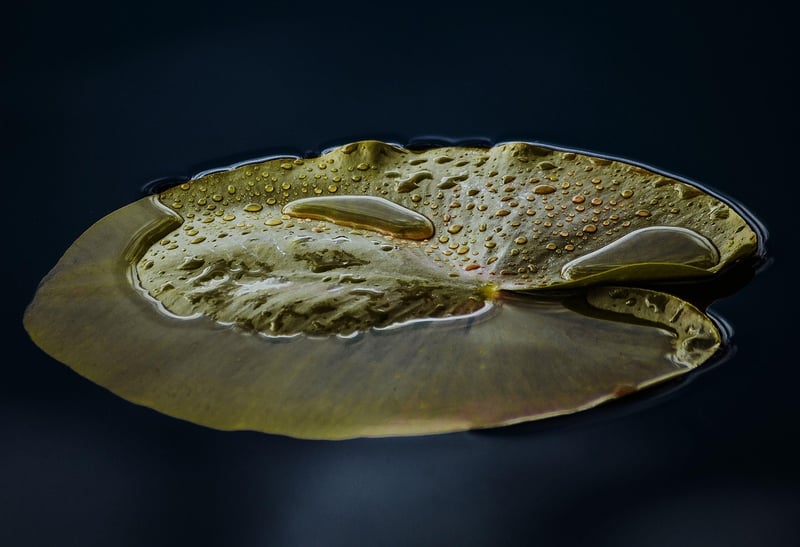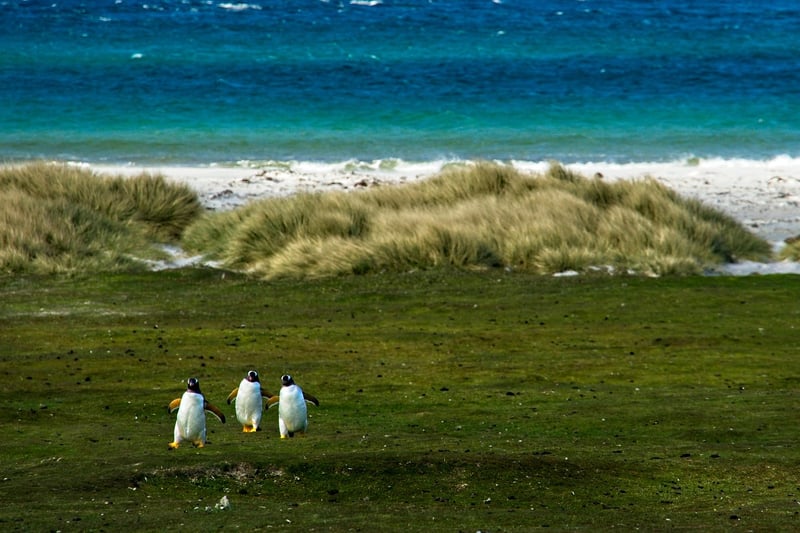Pollinator Habitats
Attracting Wildlife to Cities: Creating Pollinator Habitats
Urban areas may seem devoid of wildlife, but with careful planning and design, cities can become havens for a variety of creatures, including essential pollinators like bees and butterflies. Creating pollinator habitats in urban environments not only benefits local ecosystems but also enhances the quality of life for residents. Here are some tips on how to attract wildlife to cities through the establishment of pollinator-friendly spaces:
1. Native Plant Gardens
Planting native flowers, shrubs, and trees in urban gardens provides food and shelter for pollinators. Native plants are adapted to the local climate and soil conditions, making them low-maintenance and attractive to local wildlife.

2. Pollinator-friendly Landscaping
Include a variety of flowering plants in your landscaping design to attract a diverse range of pollinators. Choose flowers that bloom at different times of the year to provide continuous food sources for bees, butterflies, and other insects.

3. Water Sources
Provide water sources such as birdbaths, ponds, or small fountains to attract birds, butterflies, and other wildlife to your urban habitat. Make sure to clean and refill these water sources regularly to keep them fresh and safe for animals.

4. Nesting Sites
Include nesting sites like birdhouses, bee hotels, and butterfly boxes in your urban space to provide shelter for wildlife. These artificial structures mimic natural habitats and offer safe spaces for pollinators to reproduce and raise their young.

5. Avoid Pesticides
Avoid using pesticides in your garden or landscaping, as these chemicals can harm pollinators and other beneficial insects. Opt for natural pest control methods or choose organic alternatives to keep your urban habitat safe for wildlife.
By implementing these strategies, urban dwellers can play a vital role in supporting pollinators and creating thriving wildlife habitats in cities. Together, we can make urban environments more sustainable and welcoming for all creatures, big and small.
References: Pollinator Partnership, National Wildlife Federation
